‘Death sentence’: Exposure to silica dust more than 200 times safety standard in Sydney Metro construction
“Grave” concerns are held for Sydney Metro construction workers who were exposed to more than 200 times the safety standard of silica dust.
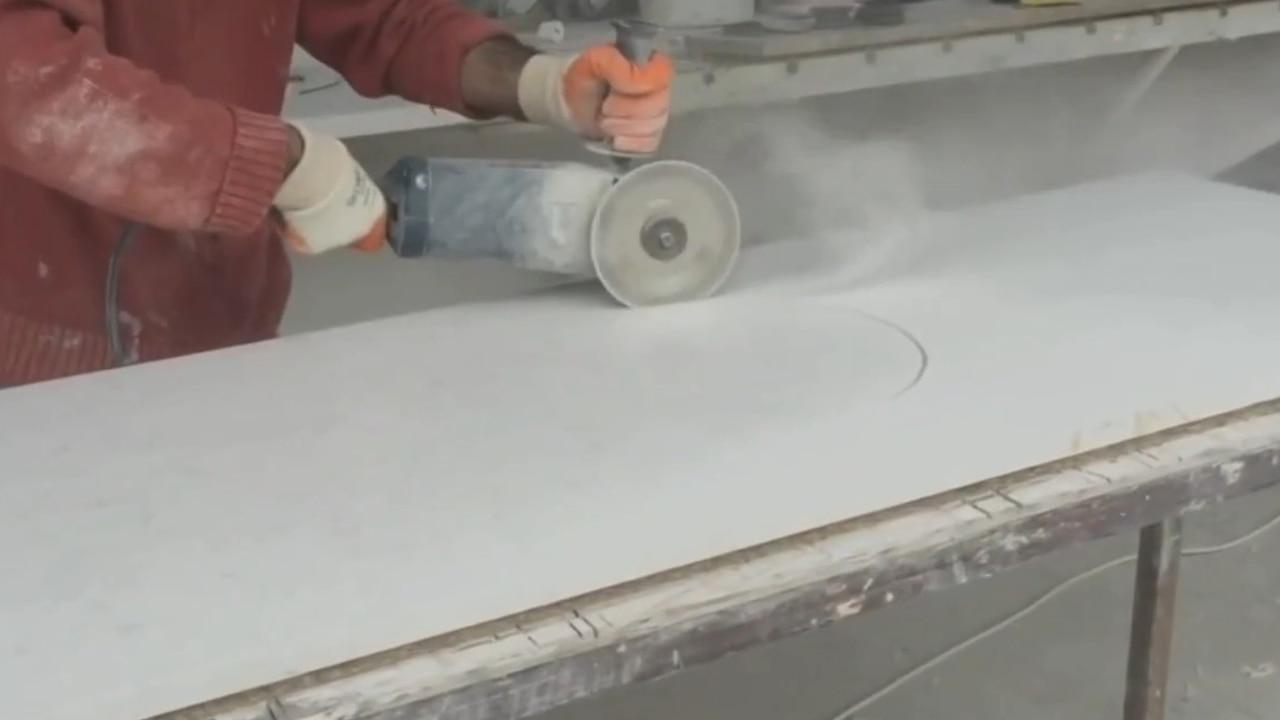
At Work
Don't miss out on the headlines from At Work. Followed categories will be added to My News.
Exposure to silica dust soared to more than 200 times the workplace safety standard during the Sydney Metro construction, new data has found.
Exposure to silica dust was 208 times the workplace exposure standard (WES), with 34 per cent of air monitoring results for the Sydney City and Southwest Metro in breach of the standards.
Of that figure, workers were unprotected in 8 per cent of cases, according to data from Transport for NSW air-quality tests between 2016 and 2020, obtained by the Australian Workers Union under a freedom of information request.
Breathing in silica dust has been found to cause the incurable lung disease silicosis, which causes inflammation and scarring of lung tissue.
The Royal College of General Practitioners has estimated those diagnosed with silicosis lose nearly 12 years of their life due to the disease, with symptoms ranging from a cough, shortness of breath and difficulty breathing.
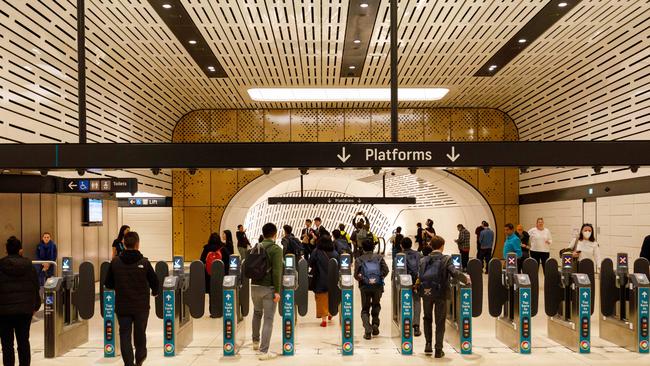
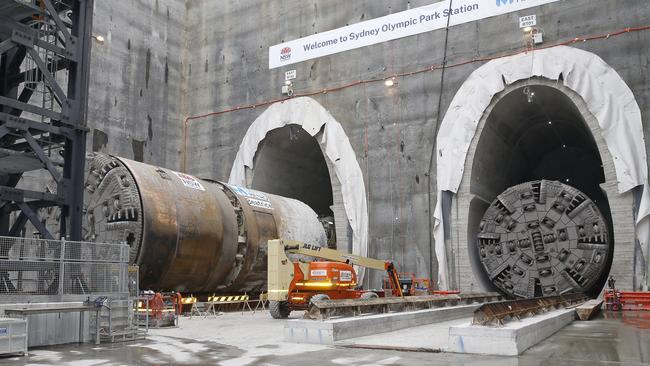
It’s also linked to lung cancer, kidney disease and chronic obstructive pulmonary disease, according to the Cancer Council.
Australia banned engineered stone benchtops, panels and slabs that contain at least 1 per cent of crystalline silica in July this year as a result.
AWU assistant national secretary Chris Donovan said he expected a “tsunami of silicosis cases” following the fresh data’s release.
“We hold great concerns – if you’re exposed to silica dust it’s practically a death sentence,” he said.
“Sydneysiders would just be ropeable if they knew the Metro came at the expense of workers’ wellbeing.”
‘LIFE THAT’S GOING TO BE TAKEN’
Shine Lawyers dust diseases associate Kathryn Townsend has worked with clients in the tunnelling industry who’ve developed the deadly disease.
They ranged from having shortness of breath and fatigue to the inability to look after themselves.
“Overwhelmingly because of their diagnosis they’re no longer able to work in the tunnelling industry, and in many cases, they’re the breadwinner,” Ms Townsend said.
“They’ve not only lost their ability to work but they’ve lost the ability to support their families … it’s a devastating diagnosis.”

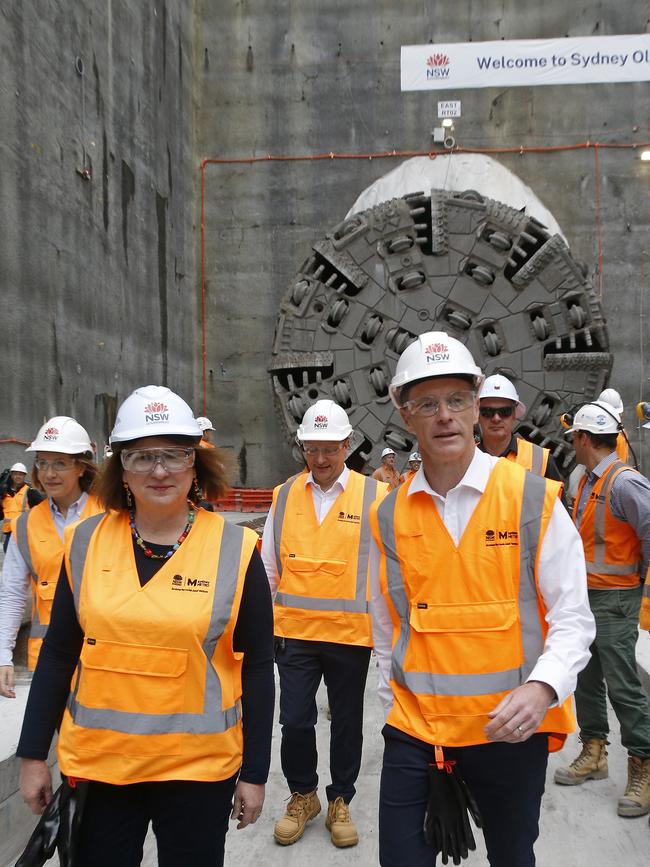
Ms Townsend said she was “appalled but not surprised” with the fresh figures, which she said were consistent with what she’d heard from clients.
“It’s extremely disappointing. In a world where we know about the risks of silica exposure … people are being exposed to levels that pose grave risks to their health,” she said.
“Everyone that receives this diagnosis has their lives turned upside down …(it’s a) life that's going to be taken.
“These are risks that need to be taken seriously, it’s not something that we can ignore.”
Ms Townsend expressed concerns for those who had already worked in the tunnels and those who might work on future tunnelling projects, claiming there is “exceedingly no plans to control the dust to acceptable levels”.
Tunnelling projects are under way for the Sydney Metro West, with data finding 15 per cent of air monitoring results for the eastern tunnelling package was in breach of WES, followed by 17 per cent for the central tunnelling package and 12 per cent for the western tunnelling package.
Ms Townsend urged anyone who had worked in the tunnelling industry to go to a doctor if they were experiencing symptoms of silicosis and ask for testing.
She said those who had been diagnosed with silicosis could be entitled to compensation, which could include loss of income, pain and suffering, and clinical or care and assistance needs.
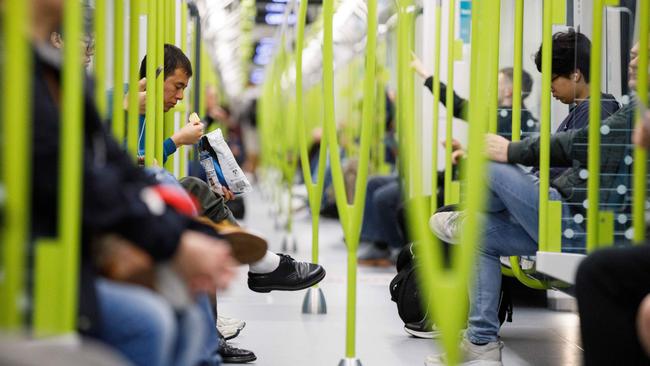
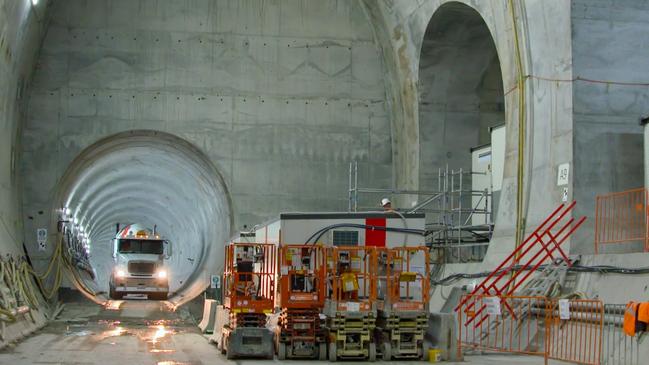
WORKERS PROTECTED
However, a Sydney Metro spokesperson said “strict controls are in place to minimise risks and prevent worker exposure above the permissible WES”.
“This includes controlling the dust at the source using wet excavation methods and local dust extraction, controlling dust transmission through measures such as ventilation and machinery fitted with positive pressure enclosed cabins with HEPA filtration systems, and as a last resort, controlling worker exposure by using specialised personal protective equipment,” the spokesperson said.
“In almost all circumstances where results are above the exposure standard, the worker is protected by the respiratory protection they are using.”
They also dismissed claims that one-in-three air quality tests exceeded the WES, “as the permissible exposure limit was reduced by half in July 2019”.
“While some of the air quality tests do exceed the WES, numerous multi-level controls are implemented to prevent workers from being exposed,” the spokesperson said.
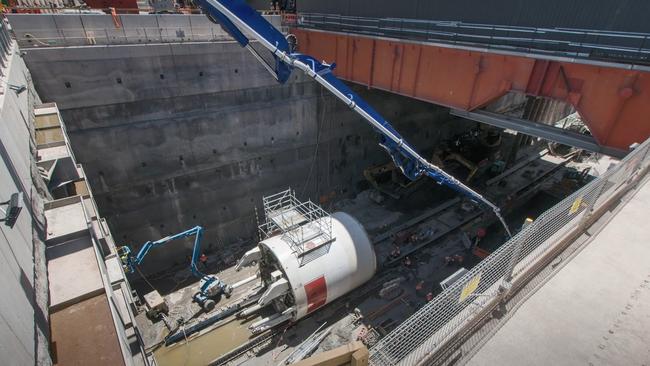
Construction partners for Sydney Metro must use a certified occupational hygienist to identify exposure risks before beginning work and document how risks will be eliminated or mitigated while undertaking regular monitoring and audits.
“During construction, Sydney Metro conducts regular audits and inspections to verify specific silica controls are implemented such as ventilation, respiratory protection, wet dust suppression, enclosed plant and housekeeping,” the spokesperson said.
“Additionally, contractors are required to display all exposure monitoring results at each site so all workers are informed of any health risks present and can take appropriate safety prevention measures. Sydney Metro verifies that this occurs on an ongoing basis.
“All of Sydney Metro’s construction partners are contractually obliged to record all uncontrolled over exposures in Sydney Metro’s incident recording and reporting database.
“Any repeat non-conformances are assessed monthly by Sydney Metro and are escalated with the contractor when evidence demonstrates corrective actions have not been applied to prevent incidents from happening again.”
A spokesperson for Industrial Relations Work Health and Safety Minister Sophie Cotsis said “SafeWork NSW has a sustained presence on all major government infrastructure projects, including tunnelling projects, to support best-practice management of silica risks”.
For cancer information and support call Cancer Council’s 13 11 20 Information and Support line.
Originally published as ‘Death sentence’: Exposure to silica dust more than 200 times safety standard in Sydney Metro construction


